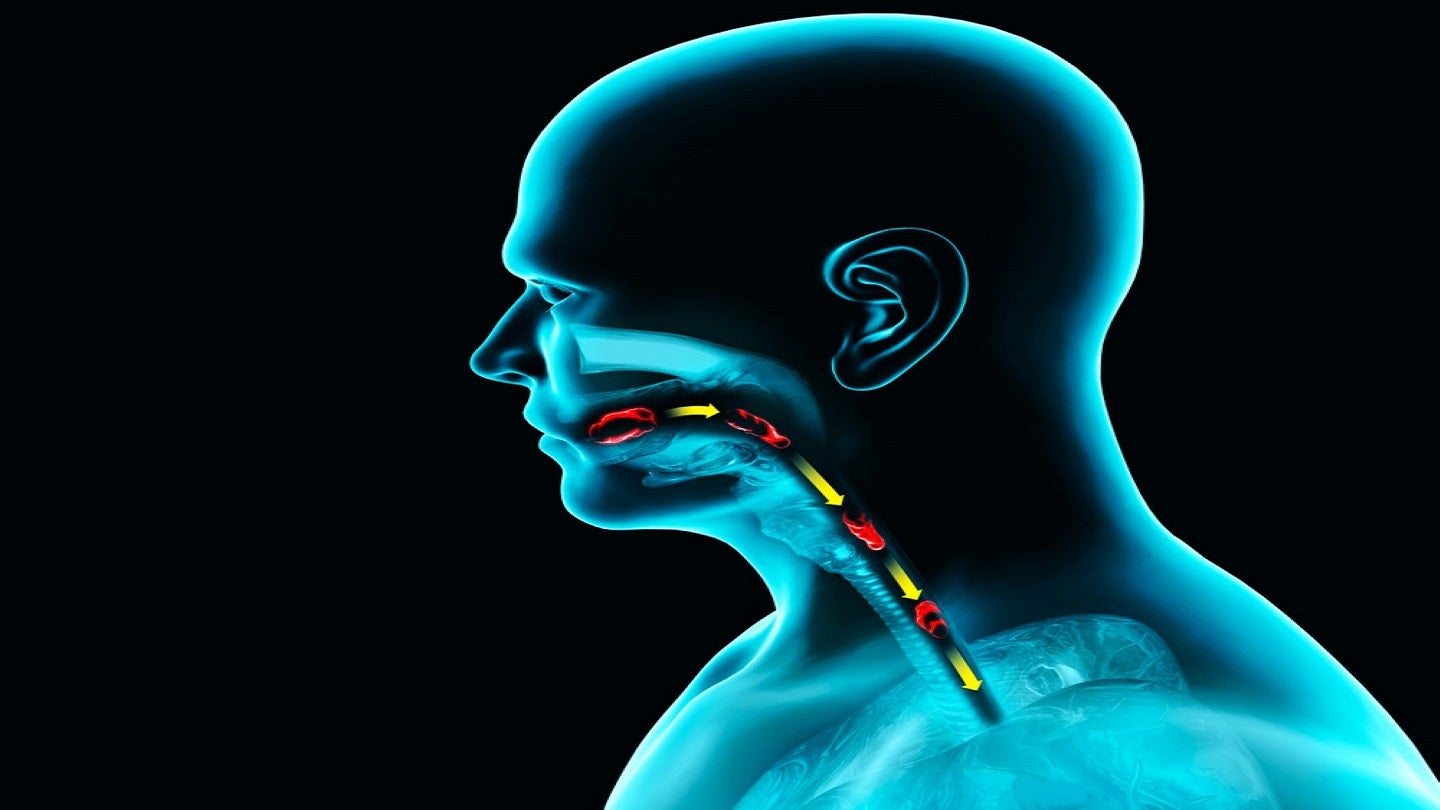
GIE Medical has secured breakthrough device designation (BDD) from the US Food and Drug Administration (FDA) for its ProTractX3 TTS drug-coated balloon (DCB) to treat oesophageal strictures.
The new DCB is intended to dilate recurrent benign oesophageal strictures in adult patients who are experiencing obstructive symptoms linked with the oesophagus narrowing.
The ProTractX3 three-stage TTS DCB represents a balloon that is coated with the chemotherapeutic agent paclitaxel.
GIE Medical chairman and CEO Lixiao Wang said: “We are honoured to have our DCB catheters selected for the FDA’s breakthrough device programme for oesophageal strictures.
“This may provide US patients faster access to our novel DCB technology, with the potential to provide safer and more effective treatment.”
In December last year, the company started two randomised and multicentre clinical studies in the US to assess ProTractX3 TTS DCB, which is the company’s first-of-its-kind multi-stage DCB technology.
How well do you really know your competitors?
Access the most comprehensive Company Profiles on the market, powered by GlobalData. Save hours of research. Gain competitive edge.

Thank you!
Your download email will arrive shortly
Not ready to buy yet? Download a free sample
We are confident about the unique quality of our Company Profiles. However, we want you to make the most beneficial decision for your business, so we offer a free sample that you can download by submitting the below form
By GlobalDataThe first trial is called a paclitaxel-coated balloon for the treatment of chronic benign stricture-oesophagus (PATENT-E) and is designed to assess the safety and efficacy of the ProTractX3 DCB to treat benign oesophageal strictures.
The second study, which is named paclitaxel-coated balloon for the treatment of chronic benign stricture-bowel (PATENT-B), is evaluating the company’s DCB to treat benign bowel strictures.
In both the PATENT-E and the PATENT-B, patients are randomly assigned to receive either the ProTractX3 DCB or the standard-of-care endoscopic dilation.



